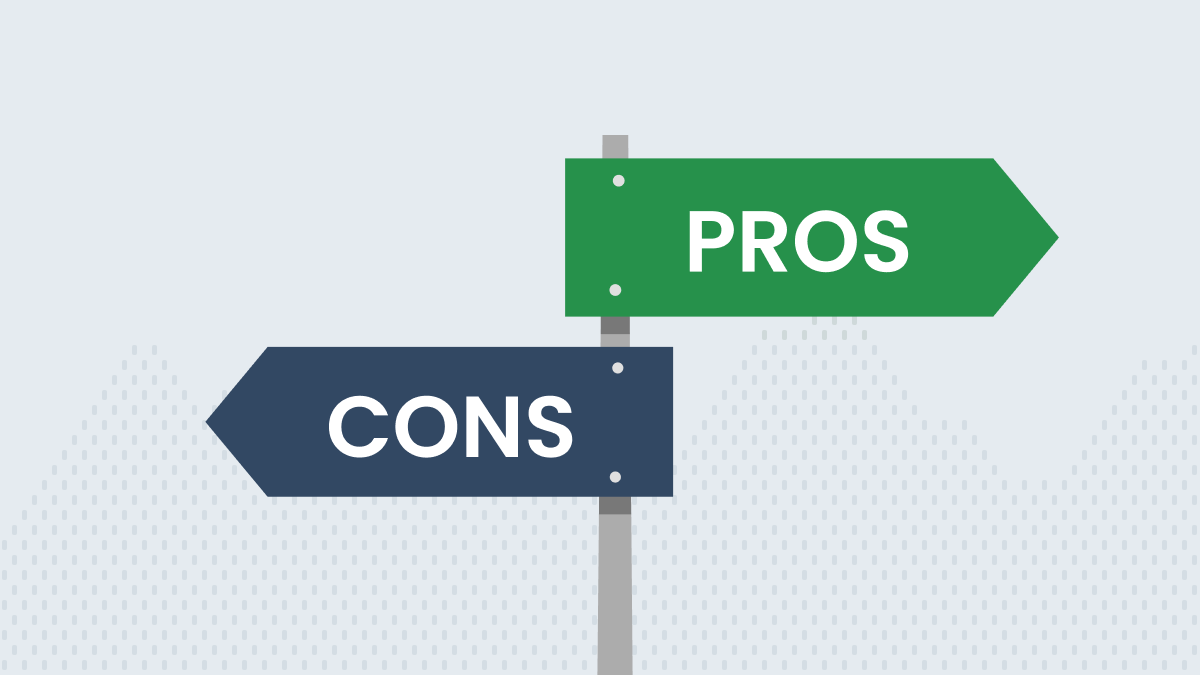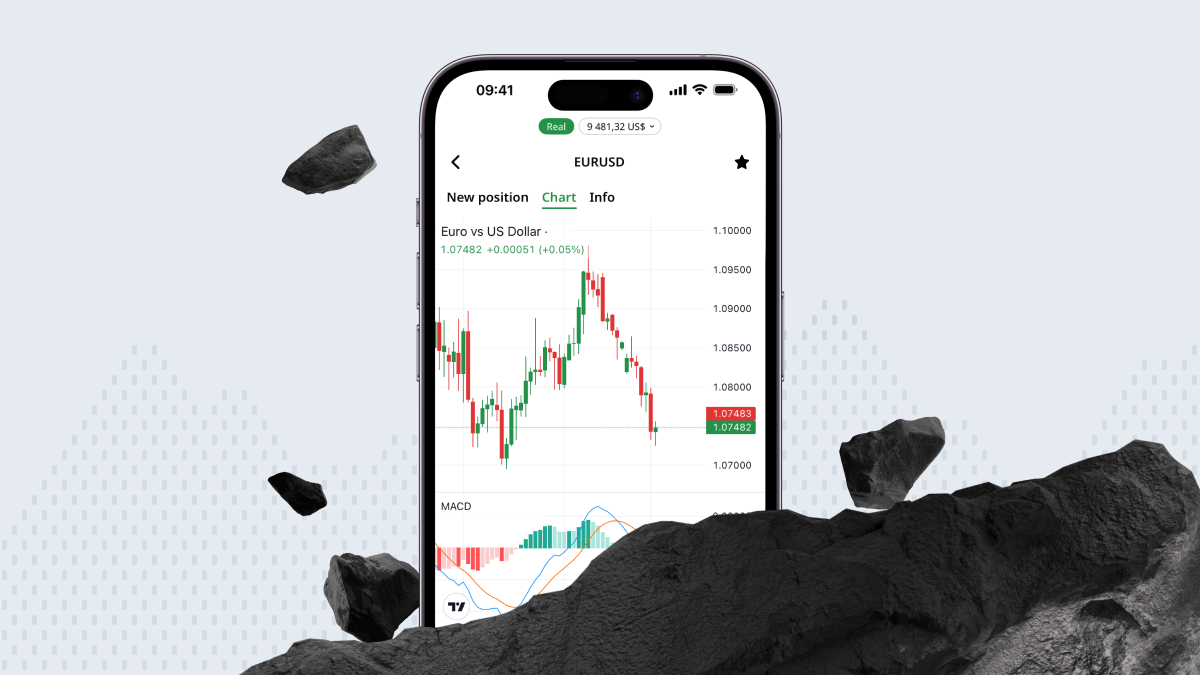How does scalping work?
The basic principle of scalping is to buy low and sell high. Technical analysis is essential to capture short-term price fluctuations. The use of leverage is common in this trading style, which is why it's considered high-risk. You won’t be a good scalper if you don't have good execution, if your strategy isn’t solid, if you don’t know how to manage losses, if you overuse leverage, if you enter or exit late, and generally if you lose perspective while trading.
Advantages and disadvantages of scalping

One clear advantage is the possibility of earning quick daily profits. Since it's an intraday trading strategy, if you have a sufficiently well-crafted strategy and the necessary conditions to have a productive trading day, by the end of each day you'll be able to count your earnings.
Scalping helps you avoid the risks involved in long-term trading and lets you take advantage of every market movement. If you become good at interpreting fluctuations and mastering quick order creation, you can exploit the advantages of intraday trading.
A very liquid market is ideal for a scalper. A moving market provides the best opportunities for traders looking to scalp.
As a scalper, you have the advantage of exploiting technical tools to your benefit. As we've said before, everything here depends on good technical analysis. Charts will be your best friends, and you need to learn to master them. The 1-minute or 5-minute charts will give you the necessary information to make quick decisions based on various indicators like moving averages, MACD, and Bollinger bands. By knowing how to read and interpret these indicators, you’ll identify short-term trends and potential entry and exit points, and avoid classic pitfalls like late entries and exits.
Leverage is always a double-edged sword. It can be a great advantage if used consciously. As a scalper, you are in a position to take tremendous advantage of it, but you must also be very careful and manage your risks skillfully so this tool doesn't turn against you. Keep in mind that leverage can lead to much greater profits, but also to equally significant losses.
Another advantage is the applicability of scalping in many financial markets.
You can apply this strategy to trading stocks, but also in the forex market or with cryptocurrencies and futures. If you learn how to do it well, you can experiment in a wide range of investment environments and follow what you truly enjoy.
As for disadvantages, the main one is the high level of stress this type of trading can generate. Since the pace is fast and you constantly have to make decisions, you may experience mental exhaustion, potentially leading you to make poor decisions. Because you need to stay alert and react quickly to the slightest market fluctuations, being constantly on edge can tire you out quickly. You might not have enough energy for other activities and feel emotionally drained, leading to issues in your personal life. To mitigate this, a trader can complement their work with mindfulness practices, ensure a proper diet, and maintain good sleep habits, though sometimes trading schedules can interfere with this.
In practical terms, trading this way involves high transaction commission costs. Since the method works cumulatively, every transaction, no matter how small, will incur fees. If you don't have a plan or fee structure designed for this trading style, commission costs could eat up much of your profits and affect the overall profitability of the whole endeavor.
To practice this style of trading, you need to have enough capital. Since the profits are small, each transaction needs to be large enough that by the end of the day there is a significant amount accumulated. While it’s common for scalpers to use leverage so they don’t need to have all the money they’re trading with on hand, caution is of the utmost importance, as leverage can result in disastrous outcomes if you aren’t agile and don't have a well-defined trading strategy.
Markets and assets for scalping
Now that you understand what scalping is as a method, it’s time to think about the different assets you can trade in various markets using this approach.
When evaluating a market to determine if it’s suitable for scalping, there are three factors to consider: liquidity, volatility, and accessibility.
The stock market is favorite for scalpers due to its high liquidity and the volume of trades that take place. For a scalper, a moving market is ideal, as the flux enables you to capitalize on the small changes that individual stocks make throughout the day, whether you’re buying, selling, or short selling.
The other top market chosen by scalpers is the forex market. It's liquid and active, making it fertile ground for intraday traders who know how to take advantage of price fluctuations in currency pairs. Forex is particularly popular because it operates 24 hours a day, allowing traders in different parts of the world to access the market at any time. Popular currency pairs can have movement around the clock, which is why pairs like EURUSD are commonly used with this strategy.
Scalping in the forex market

As a trader, you might be in a time zone with challenging hours or need to accommodate other responsibilities. In that case, you’ll need a market with constant liquidity. That’s what makes the forex market a favorite among scalpers. When you want to trade at any time and from anywhere, this is the best market to do so. Additionally, forex brokers often offer higher leverage. It always bears repeating, however, that leverage is a double-edged sword and should only be used with a clear strategy and thorough market analysis. As a third advantage, some brokers offer low spreads, which increase profits from small fluctuations.
Scalping in the stock market
As we’ve mentioned, due to its liquidity and dynamism, this is the favorite market for scalping. You can trade stocks of large companies like Apple, Microsoft, or Tesla, which are particularly liquid, with many buyers and sellers creating price fluctuations and fast order executions. These stocks frequently experience significant movements, making it the perfect environment for a scalper with a solid strategy to make the most of it. Remember, technical tools are essential for entering this market with a clear direction. You can use technical indicators like MACD, moving averages, and Bollinger bands to identify entry and exit points.
Scalping in the indices market
The indices market is also a good place for scalping. While it may not be as active as the forex or stock markets, some indices demonstrate considerable volatility, and the advantage is that price movements are more predictable. Indices like the S&P 500, Nasdaq 100, Dow Jones, or DAX 30 have great liquidity and represent large tech companies. During important economic events or macroeconomic data releases, the behavior of indices becomes more predictable. Since anticipating short-term price movements is key to profiting with this strategy, scalpers can capitalize on this opportunity to great effect.




